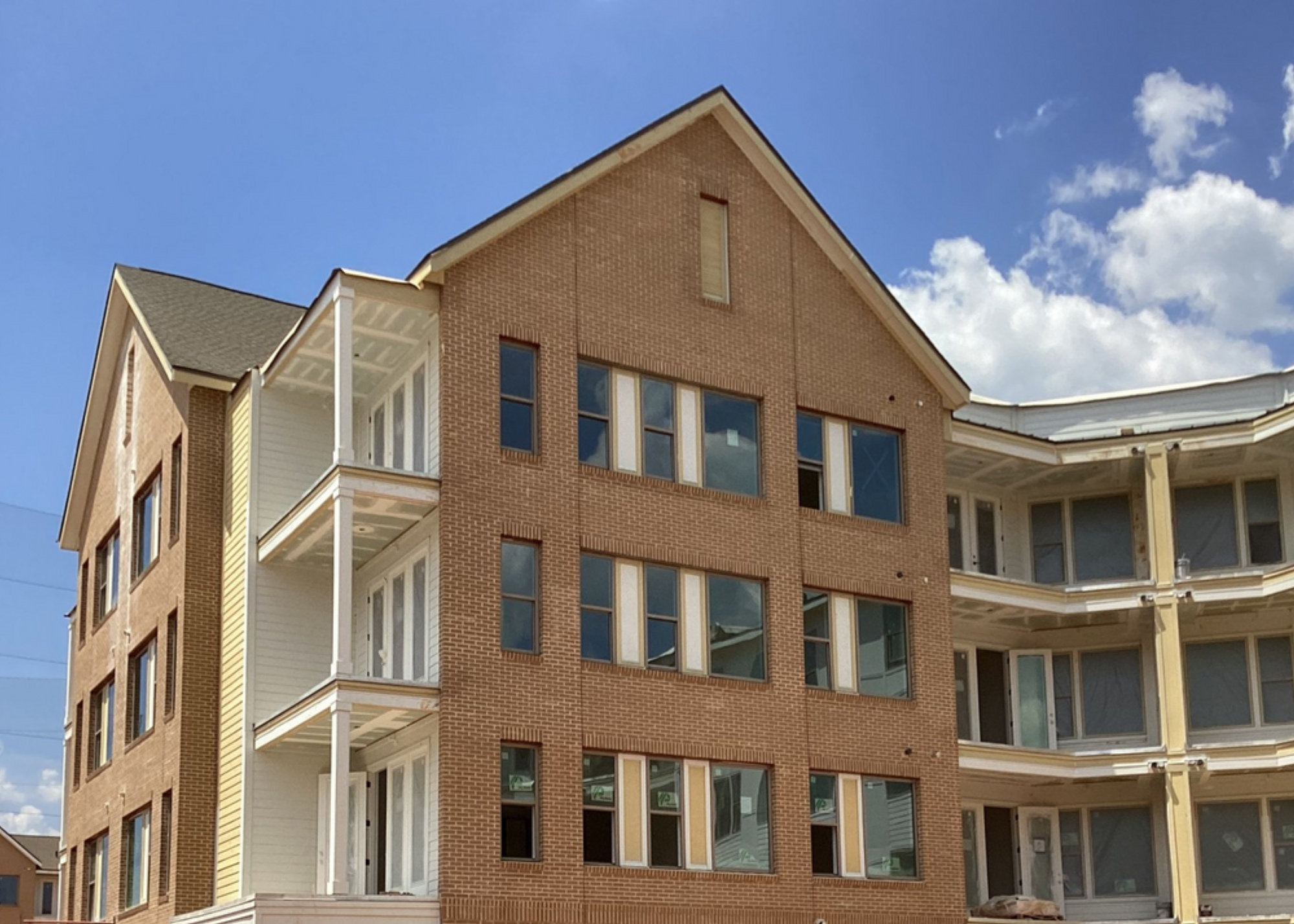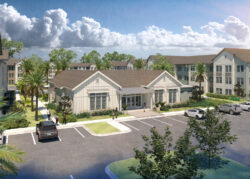Multifamily housing starts have fallen sharply over the past two years, reshaping the real estate landscape. Since mid-2022, new development has slowed considerably, and with fewer projects breaking ground, the number of completed units is expected to drop beginning in late 2025. While many Sunbelt and Mountain West markets are still working through a wave of new supply, this temporary imbalance is pressuring rents and occupancy. However, the slowdown in multifamily housing starts is setting the stage for a more landlord- and investor-friendly environment by 2026.
The decline in multifamily housing starts reflects a mix of global economic and financial challenges, including the rise of construction costs, interest rates, as well as tighter lending standards. These factors have made new developments less viable, leading to a slowdown in project approvals and groundbreaking activity. For investors and developers, this changing landscape presents both risks and opportunities. While some markets face temporary oversupply, the long-term outlook suggests a return to a more balanced and potentially undersupplied market as construction activity remains constrained. Strategic investors who can navigate these fluctuations stand to benefit from strengthening fundamentals in the coming years. Understanding these trends is essential for making informed decisions in a rapidly evolving multifamily sector.




